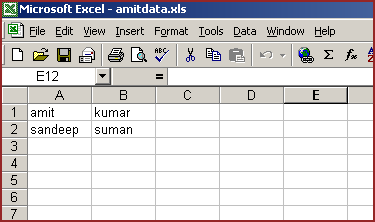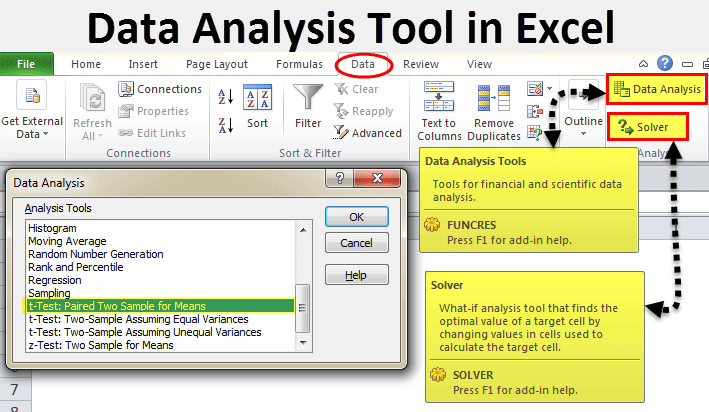

If you want to evaluate the average value in E3, E4 and E5 as well. In this formula, B2:D2 refers to B2 to D2 (including C2), the range of cells you want to evaluate.Ģ.

Select the E2 cell, Click Formulas – AutoSum – Averages (or you can input “ =AVERAGE(B2:D2)” directly). Here’s the basic approach to use AVERAGE functin.ġ. To do the computations accurately and also rapidly, you can use Excel function to calculate mulitple, or even an entire column of data. You will get to understand these various charts and get to build them on your own.Calculating the average value is a very common way to analyze data in Excel. Starting with various line, bar and pie charts we introduce pivot charts, scatter plots and histograms. This module explores various advanced graphing and charting techniques available in Excel.
Introduction to the charting capability of Excel. Use of Pivot tables with categorical as well as numerical data. A very powerful data summarizing tool, the Pivot Table, is also explained and we begin to introduce the charting feature of Excel. You’ll learn how to set filters in data to selectively access data. This module introduces various data filtering capabilities of Excel. Module 3: Introduction to Filtering, Pivot Tables, and Charts Learners are introduced to the IF, nested IF, VLOOKUP and the HLOOKUP functions of Excel. This module introduces various Excel functions to organize and query data. Module 2: Spreadsheet Functions to Organize Data Using formulas in Excel and their copy and paste using absolute and relative referencing. ěasic functions in Excel, arithmetic as well as various logical functions. Reading data into Excel using various formats. In this module, you will be introduced to the use of Excel spreadsheets and various basic data functions of Excel. To successfully complete course assignments, students must have access to a Windows version of Microsoft Excel 2010 or later. All along, Excel functionality is introduced using easy to understand examples which are demonstrated in a way that learners can become comfortable in understanding and applying them. The course takes you from basic operations such as reading data into excel using various data formats, organizing and manipulating data, to some of the more advanced functionality of Excel. The course is designed keeping in mind two kinds of learners - those who have very little functional knowledge of Excel and those who use Excel regularly but at a peripheral level and wish to enhance their skills. This is an introductory course in the use of Excel and is designed to give you a working knowledge of Excel with the aim of getting to use it for more advance topics in Business Statistics later. It is a very powerful data analysis tool and almost all big and small businesses use Excel in their day to day functioning. The use of Excel is widespread in the industry.






 0 kommentar(er)
0 kommentar(er)
